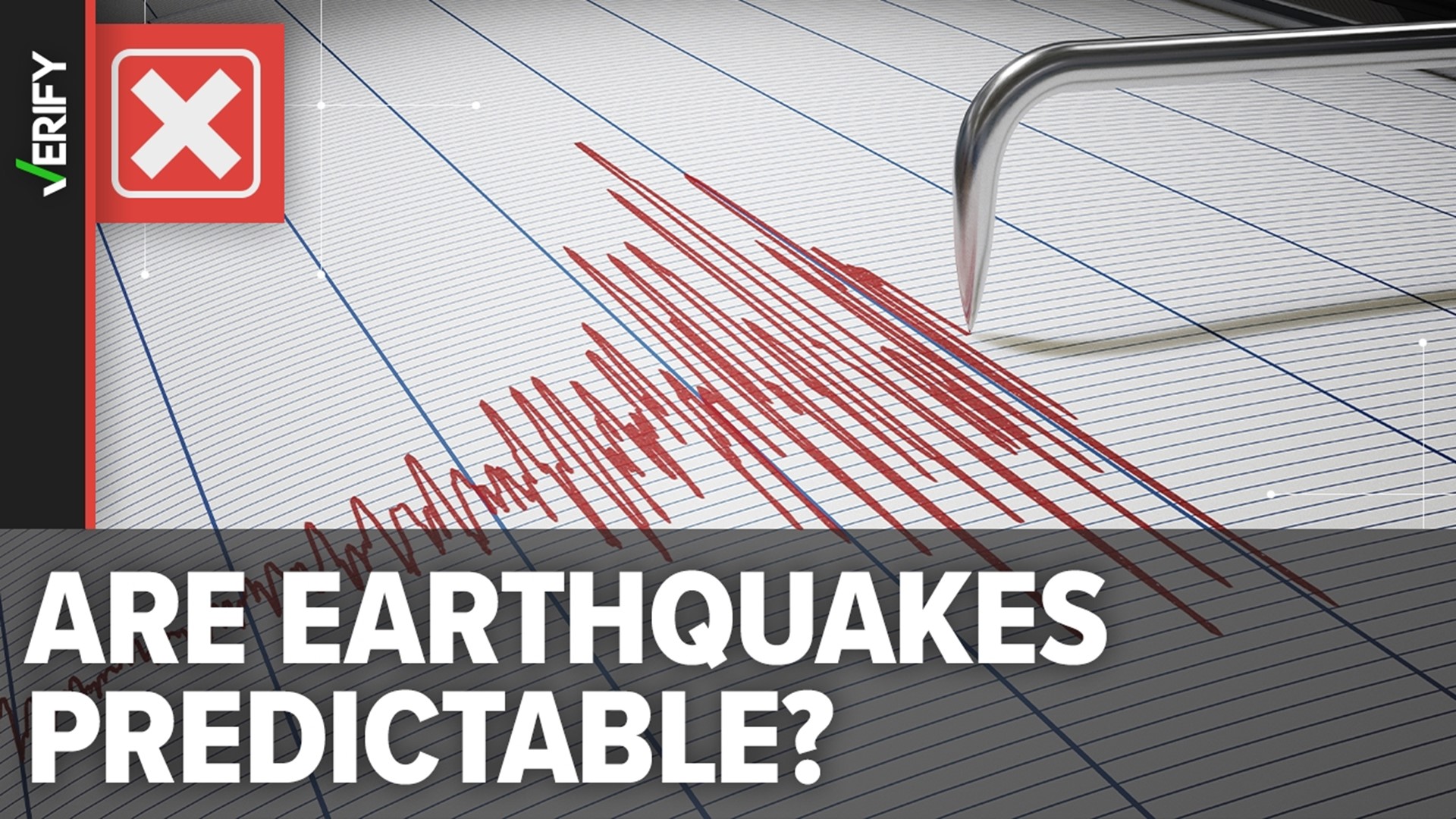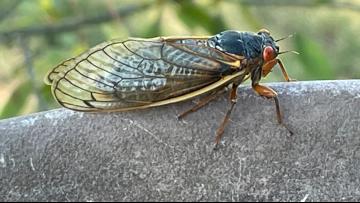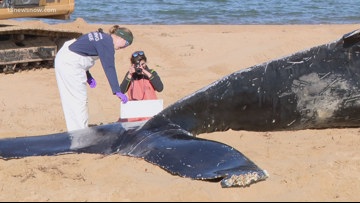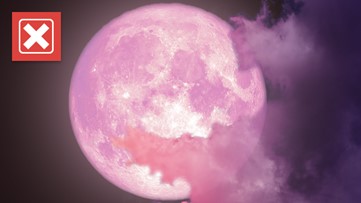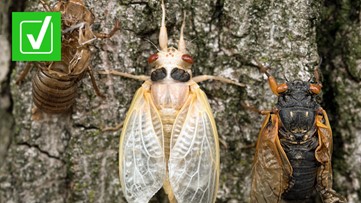Many people who live on the West Coast have heard that a large earthquake known as “the big one” is coming, but no one knows exactly when it will strike.
This account with more than 50,000 followers on X, formerly known as Twitter, claims it can predict when earthquakes will hit in California, Alaska and other areas, citing 18 years of research.
One person on X wanted to know if it’s actually possible to predict earthquakes, as the account claims.
THE QUESTION
Is it possible to predict earthquakes?
THE SOURCES
- U.S. Geological Survey (USGS)
- Caltech Science Exchange
- Jackie Caplan-Auerbach, Ph.D., seismologist and professor of geophysics at Western Washington University
- Lucy Jones, Ph.D., a seismologist who previously worked for USGS
THE ANSWER
No, scientists say it’s impossible to predict exactly when and where earthquakes will occur.
WHAT WE FOUND
It’s impossible to predict when and where earthquakes will strike and how large they will be, Caltech Science Exchange and other seismology experts say.
No scientist has ever predicted a major earthquake, according to the U.S. Geological Survey (USGS), a federal agency that monitors and reports on earthquakes.
“We do not know how and we do not expect to know how any time in the foreseeable future,” USGS says on its website.
In fact, some scientists believe that it may never be possible to predict earthquakes, Jackie Caplan-Auerbach, a seismologist and geophysics professor at Western Washington University, told VERIFY.
“There are some scientific arguments that suggest that earthquakes really are fundamentally random events, which is to say that they are not predictable in any way,” she said.
Some non-scientists share their earthquake predictions online based on so-called “precursor” events, such as a swarm of small earthquakes, increasing amounts of radon in the water and unusual animal behavior, among others, USGS says.
However, most of these types of events “frequently occur without being followed by an earthquake,” according to USGS. In addition, most earthquakes don’t have any precursory events.
“The challenge is that even though some earthquakes have shown those precursory signals, no signal has been shown to be precursory to every earthquake or even every large earthquake,” Caplan-Auerbach said.
It’s important to keep in mind that people on social media don’t base their earthquake predictions on scientific evidence. The predictions are typically “so general that there will always be an earthquake that fits,” too, USGS says.
That’s because earthquakes are “really common events,” especially in certain areas such as Northern California, according to Caplan-Auerbach.
Seismologist Lucy Jones pointed out that many of the supposed predictions from the “earthquake prediction” account on X have been wrong.
Though seismologists can’t make predictions, they can estimate the probability that an earthquake will occur in a specific area within a general timeframe.
Earthquake probabilities “describe the chances of an earthquake of a certain magnitude occurring within a region over a span of years,” Caltech Science Exchange explains.
One way that seismologists can do this is by modeling the amount of stress on certain faults, such as the San Andreas Fault in California, Caplan-Auerbach said.
“We can put probabilities on things. And those are things like, in 50 years, there is a 30% probability that we’ll experience this type of earthquake,” she said. “That helps us with planning.”
According to Caltech Science Exchange, seismologists can also forecast the likelihood of aftershocks following an earthquake.
Some states, including California, have implemented early warning systems for earthquakes. But these alerts come after an earthquake has already happened and the shaking hasn’t hit the area yet, Caplan-Auerbach explained. That’s why the alert systems give people only seconds of advance notice to take cover during an earthquake.
People who live in earthquake-prone areas can put together a preparedness kit and communications plans for their families.
